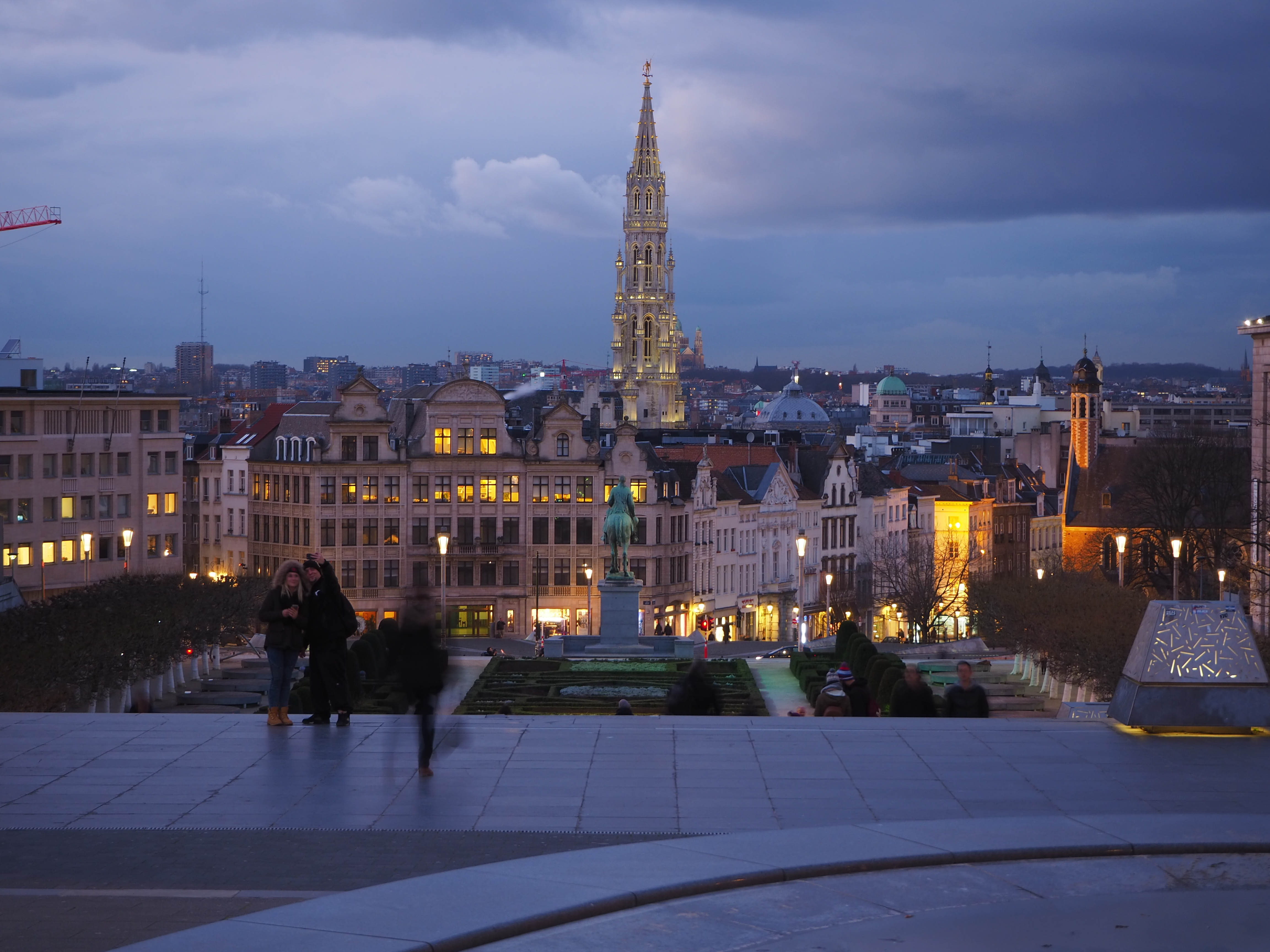EU laws obliges member states to slash air pollution, but a troubling new report reveals that most national governments are failing in their duty to protect public health and the environment, writes Roberta Arbinolo.
The report published by the European Environmental Bureau sheds light on progress by member states towards compliance with the National Emission Ceilings (NEC) Directive, which aims to halve the impact of air pollution on people health by 2030.
Airy promises
When adopting the NEC Directive, European governments promised to reduce their emissions of five pollutants by 2020 and 2030, and to put in place National Air Pollution Control Programmes (NAPCPs) outlining how those objectives will be achieved. Yet only two EU countries (Belgium and Slovakia) are on track to comply with their emission reduction commitments for 2020-29, and only one (Belgium) for 2030, while more than half member states are at high risk of missing these targets.
In addition, 20 countries failed to submit their national air pollution control programmes by the deadline (1 April 2019) and, over a year and half later, four of them have only submitted a draft plan (Italy) and three have not put forward a plan at all (Greece, Luxembourg and Romania).
According to the EEB, government failure to comply with EU air quality laws puts in peril public health and Europe’s efforts to combat air pollution.
On top of the delays, the report highlights shortcomings and failures regarding the completeness of national reporting, the credibility of the national programmes, and public participation.
“With our health and our environment at stake, it is a scandal that all but two member states have fallen so short of their commitments to reduce air pollution over this critical decade,” said the EEB’s Senior Policy Officer for Air and Noise Margherita Tolotto. “We call on the European Commission to start infringement procedures against all the member states which have failed to submit a credible programme, and to ensure that all plans are fit for purpose.”
Storm clouds of pollution
Although the quality of the air we breathe is generally improving, air pollution remains the biggest environmental health risk in Europe, causing around 400,000 premature deaths per year in the EU.
Last month, the European Environment Agency (EEA) confirmed that three quarters of EU city dwellers are exposed to air that is dangerous to their health, while governments are failing to cut pollution at source. Although some effective measures have been rolled out in the road transport and energy sectors, emission reductions are way too slow, especially when it comes to farming and domestic heating.
Farming out responsibility
Notably, agriculture stands out as the sector governments were afraid to put their hands on, with the reduction targets for ammonia emissions being the ones with the highest risk to be missed. This is particularly worrying as emissions from farming have increased in recent years.
For the EEB’s Secretary General Jeremy Wates, “this points to a big problem with the governance around agriculture at the EU level.”
“Agriculture is not only a significant source of air pollution, but also also the single biggest driver of biodiversity loss in Europe, and it accounts for 10 to 15% of the EU’s contribution to climate change. Yet the sector is not effectively addressed, and the way the CAP negotiations are going is looking pretty bad,” Wates warned.
Energy production and domestic heating are also key sectors to address if our governments are to respect the reduction targets for sulphur dioxide (SO2) and fine particles (PM2.5), which is one of the most dangerous forms of air pollution.
From Poland to Bulgaria, EEB members called on their governments to clean up their acts and rapidly replace dirty energy sources with clean power. A top priority is to phase out the most polluting source, coal, with no further delay.
Clearing the air
Besides exploring what went wrong with the transposition of the NEC Directive at the national level, the EEB report provides tools and recommendations to rectify the dire situation, including guidance for member states to develop an appropriate national programme.
Clearing the air we breathe is possible: data collected from the EEA show that lockdown measures taken in 2020 to counter the spread of COVID-19 led to a significant reduction of air pollution across the EU, notably from road transport, aviation and shipping. Although pollution has quickly jumped back right up to pre-corona levels as economic activity resumed, these fluctuations suggest that governments have the power to slash toxic emissions, if they adopt the right measures: this means promoting cleaner energy and industrial production, smarter mobility, and sustainable farming.
At the same time, the EU commitment to a Green Deal and a zero-pollution action plan, as well as the funding provided by the Resilience and Recovery Plan to build back better after the pandemic, create a favourable context and an unmissable opportunity for member states to take on air pollution.
Presenting the EEB report to the press, Tolotto urged member states to get their houses in order: “We ask national governments to tackle air pollution with the urgency it deserves, by putting in place the necessary national programmes and sticking to them. As many of them prepare their National Recovery and Resilience Plans, air quality must be a priority.”
The EEB is part of the Project Clean Air Farming (LIFE17 GIE/DE/610 Air & Agriculture), which is co-financed by the LIFE programme of the European Commission.




